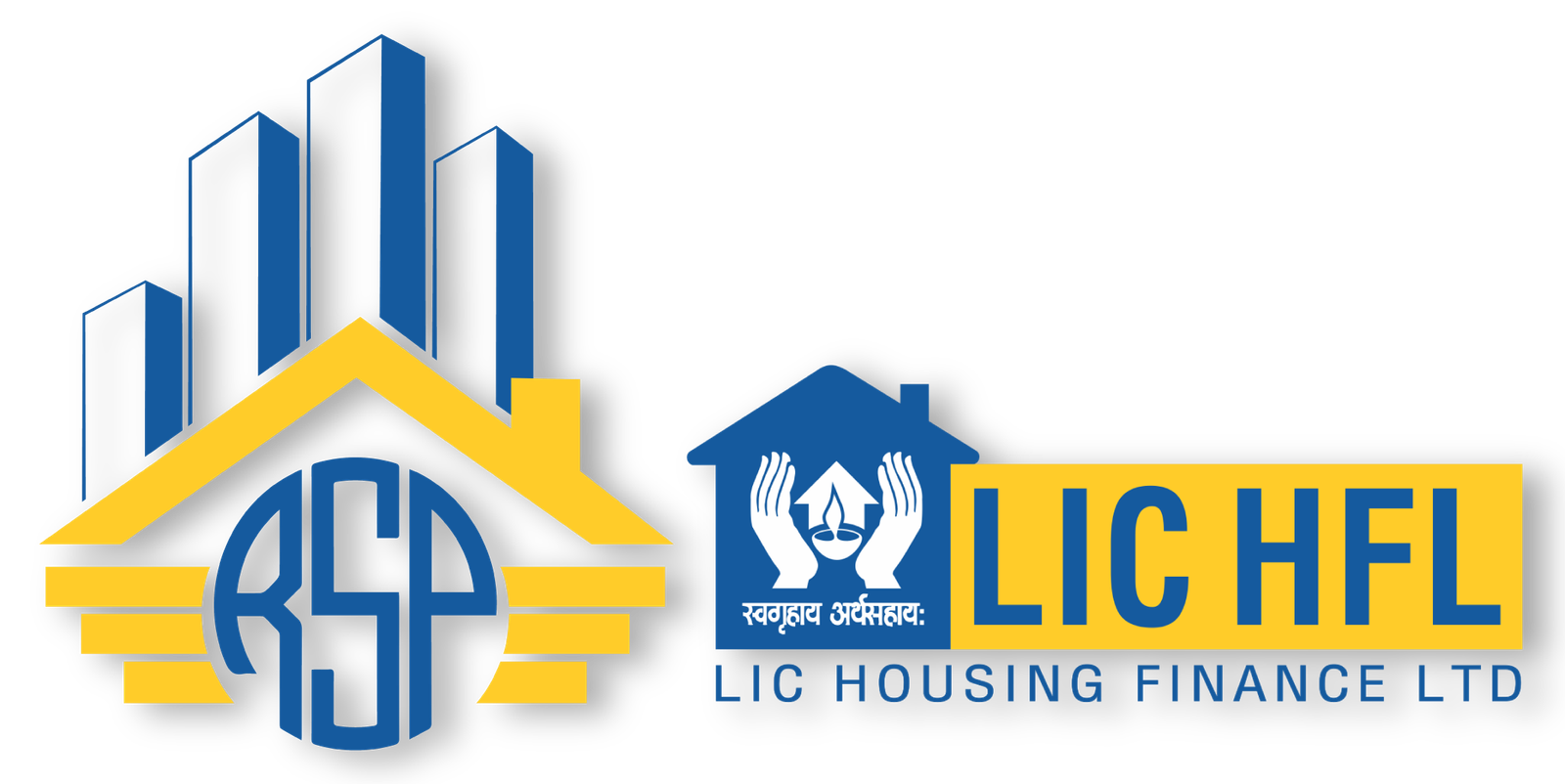To ensure a smooth and efficient processing of your application, we kindly request the following documents:
- Pay Slip Last 3 Months (or) Pay Certificate: Please provide the pay slips for the last three months reflecting your income details. If you don’t have pay slips, a pay certificate from your employer will suffice.
- Latest Photo 3+3 (Applicant & Co-applicant): We require recent passport-sized photographs of both the applicant and co-applicant(s), totaling three for each individual.
- Bank Passbook Xerox (or) Bank Statement (Last 6 months Salary Credit): Submit a Xerox copy of your bank passbook or bank statements for the last six months, demonstrating salary credits.
- Identification Documents: Provide Xerox copies of any of the following identification documents: PAN Card, Aadhar Card, Voter ID, Driving License, Passport Copy, or Government Identity Card. Please ensure the documents serve as proof of your current residence.
- Form ‘16’: Include a copy of your Form ‘16’ for the current financial year, issued by your employer.
- Qualification Certificate Xerox: Furnish Xerox copies of your educational qualification certificates.
- Appointment Order Copy: Please provide a copy of your appointment order from your current employer.
- Other Loan Statement and Schedule: If applicable, submit statements and schedules of any other existing loans.
Ensuring that all the required documents are provided will expedite the processing of your home loan application. Should you have any questions or require assistance, feel free to reach out to our dedicated support team.
Learn More About
Home Loan for Salaried Person
A home loan for a salaried person is a financial product provided by banks or financial institutions to individuals who are employed and receive a regular salary. It’s designed to help people purchase residential property, such as a house or apartment, by lending them a large sum of money upfront, which they repay over time with interest.
Here’s how it generally works:
Loan Amount: The amount you can borrow depends on various factors including your income, credit history, existing debts, and the value of the property you intend to purchase. Typically, lenders offer up to a certain percentage of the property’s value as a loan.
Interest Rate: Home loans come with either fixed or floating interest rates. Fixed rates remain constant throughout the loan tenure, while floating rates fluctuate with market conditions. The rate you’re offered depends on prevailing market rates, your creditworthiness, and the policies of the lending institution.
Loan Tenure: You can choose the repayment period based on your financial situation and the terms offered by the lender. Longer tenures result in lower EMIs (equated monthly installments) but higher overall interest payments, while shorter tenures mean higher EMIs but lower total interest costs.
Equated Monthly Installments (EMIs): You repay the loan in monthly installments, which include both principal and interest components. The EMI amount remains constant throughout the loan tenure if you opt for a fixed-rate loan.
Down Payment: Typically, lenders require you to make a down payment, which is a percentage of the property’s value not covered by the loan. This amount varies but is usually around 10-20% of the property value.
Eligibility Criteria: Lenders assess your eligibility based on factors such as your income stability, credit score, age, employment status, and existing financial commitments.
Documentation: To apply for a home loan, you need to provide various documents such as proof of identity, address, income, employment, and property documents.
Processing Fees and Other Charges: Lenders may charge processing fees, administrative fees, and other charges associated with the loan application and processing.
Remember, taking out a home loan is a significant financial commitment, so it’s essential to understand the terms and conditions, evaluate your repayment capacity, and choose a loan that suits your needs and financial situation.




